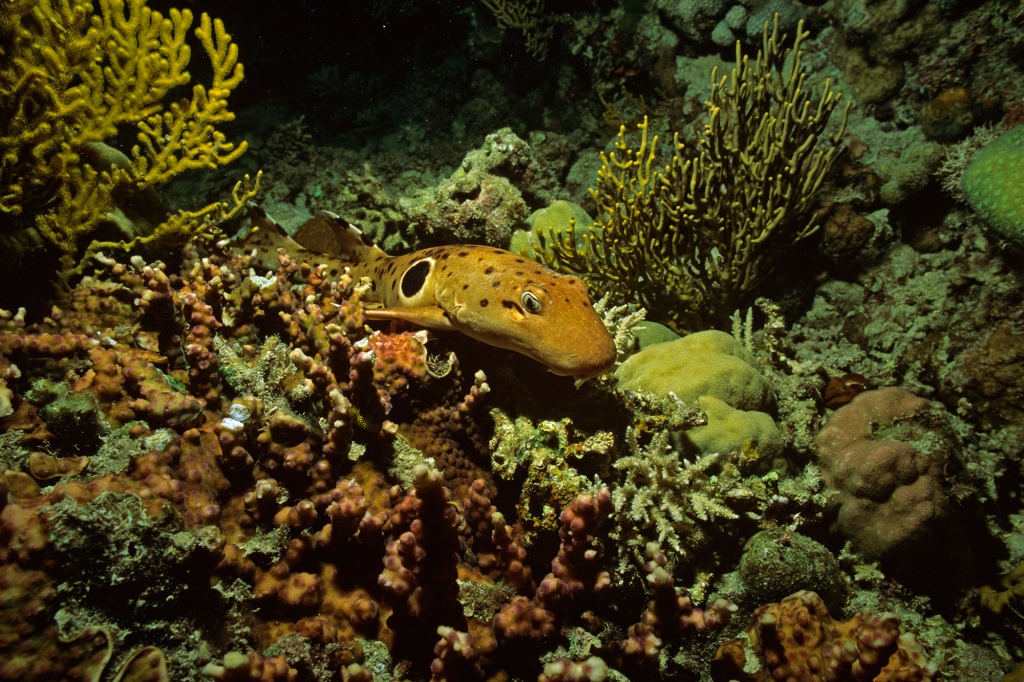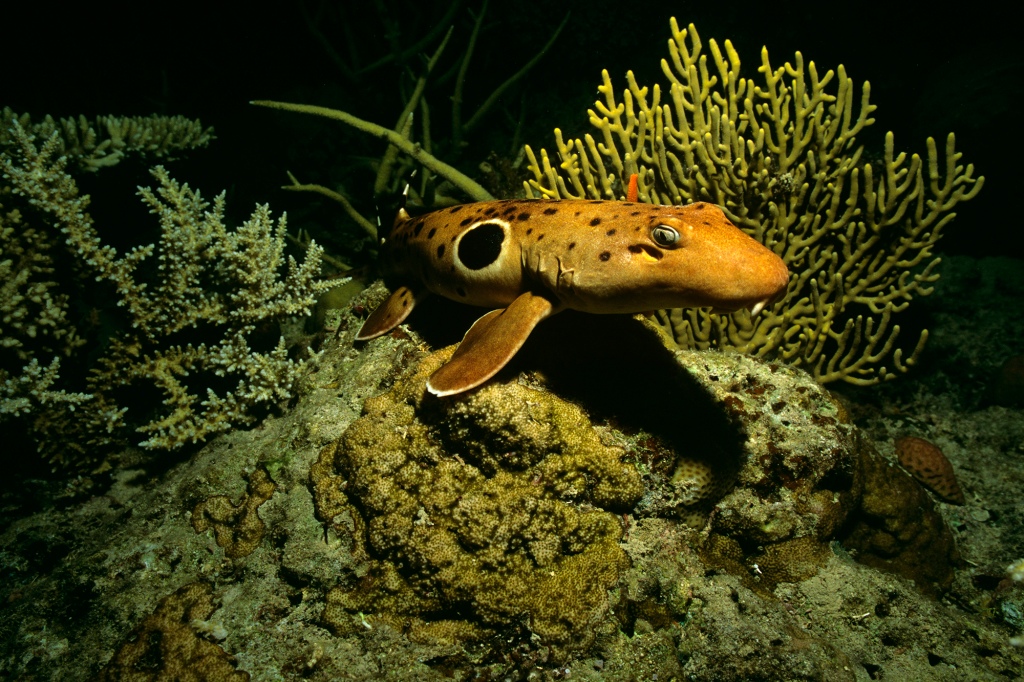These can ‘walk’ on land
Shark attacks are scary enough to think about while swimming — especially this summer — but now scientists say one species can walk on land, too.
Florida Atlantic University biologists and their research partners in Australia say that the epaulette shark can use its paddle-shaped fins to walk for up to 30 meters — or a little over 98 feet — on dry land.
Commonly found on shallow reefs of Australia and New Guinea, the sharks can even survive without oxygen for up to two hours.
Experts say the sharks are using their on-land skills to survive warming seas and climate change.
“Such locomotor traits may not only be key to survival but also may be related to their sustained physiological performance under challenging environmental conditions, including those associated with climate change,” according to a study published in the Integrative & Comparative Biology journal.

“Findings to date suggest that this species has adaptations to tolerate some, but perhaps not all, of the challenging conditions predicted for the 21st century,” it continued.
Unlike other species, the epaulette shark can walk itself to environments more suitable for survival, sciences, Marianne Porter, professor of biomechanics at FAU’s department of biological sciences, told The Guardian.
“You might not think of beautiful, tropical beaches as harsh but in reality tidepools and coral reef environments are pretty harsh, subjected to warm temperatures when the tide is out and a lot of changes, a lot of things happening when the tide comes in and goes out,” she said.
“Our collaborators in Australia have found they are able to withstand climate change conditions very well,” Porter added. “These sharks are great models in starting to look at how these changing conditions may affect vertebrates in general, and other species, and can help us reflect what we might see in future oceans.”

In 2013, scientists in Indonesia discovered another shark species that uses its fins to “walk” along the ocean floor.
In stateside shark news, one of two victims of a shark attack in waters off Myrtle Beach in South Carolina needed hundreds of stitches after being attacked last week.
In Florida, a 10-year-old boy was recently attacked by a shark while snorkeling in Florida and needed part of his leg amputated to “save his life,” relatives said.
Read the full article Here


